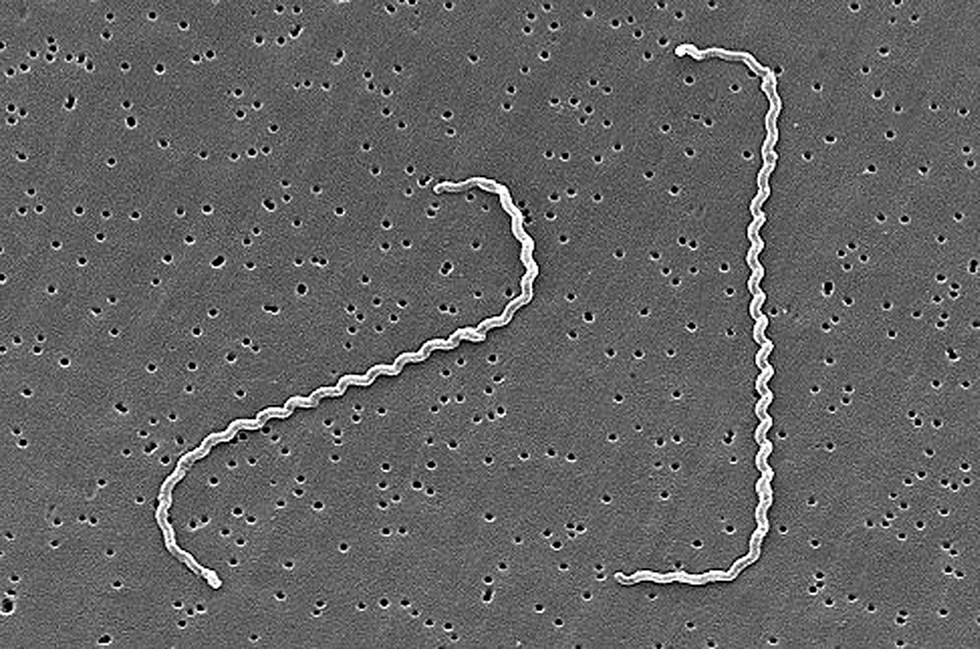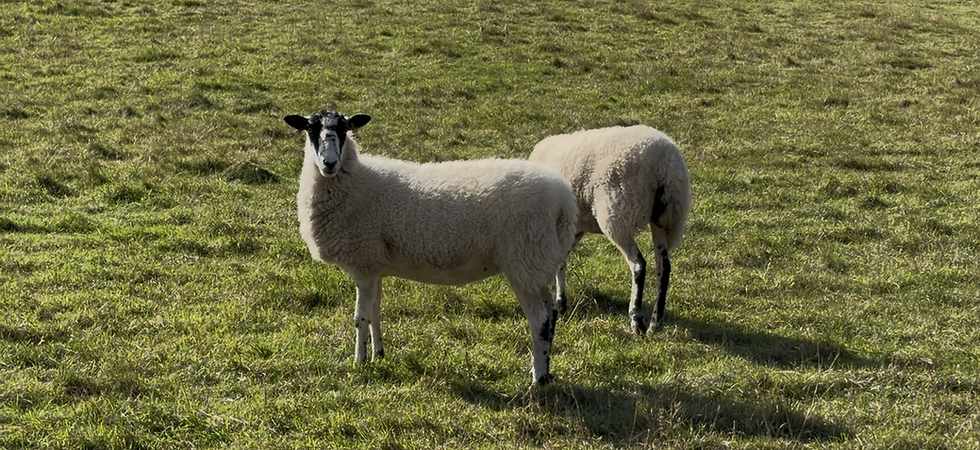LEPTOSPIROSIS
- kradiganscience24
- Aug 26
- 3 min read
Tavishi
I love to get in whatever running water I find:

Unfortunately, it does come with the risk of just a teensy weensy bit of leptospirosis if I'm not careful.
Leptospirosis is an infection caused by bacteria of the genus Leptospira, and is a disease affecting humans, pinnipeds, dogs, and pretty much any other mammal.

Leptospira bacteria are aerobic, or they require air to survive. They are also spirochaete, which is indicative of both its shape and structure: the bacteria are spiral shaped, and also have a flagellum. The flagellum of Leptospira bacteria is located in the periplasm, or the space between the two cell membranes in some bacteria. The outer membrane of the bacterium is studded with antigens called endotoxin, which goes and becomes all feisty only after the cell's outer membrane has been destroyed.

Leptospira thrives in very specific environments. They can't survive in temperatures of over 122° F, and love water. Most bacteria are found in biofilms in standing water (do NOT play in still water). Bacteria find their way to water to infect people through urine, because leptospirosis primarily infects the kidneys.
As yucky as it is to think about it, dogs tend to get leptospirosis from, well, licking infected animal piss.

After a few days of Leptospira circulating around in your blood, they start being an issue and reproducing. The bacteria lodge themselves into the kidneys, the central nervous system, the lungs, and the liver, and populate.
Most prominently, Leptospira causes issues in the kidneys. The bacteria get into the nephrons through the glomerular capillaries, and tuck themselves into the lumen of the renal tubules. This is why the bacteria end up being transmitted through urine; they're literally hiding in the urine filtration systems. Clinically, Leptospira in the kidneys results in abnormal urine production. For example, patients with leptospirosis might come in with either anuria, or no urine production, or polyuria, or excessive urine production.

In the liver, Leptospira moves into the spaces between hepatocytes, or the most populous liver cell. The presence of this bacteria results in much apoptosis and general Hepatic Chaos. This thus produces one of the biggest signs of liver dysfunction: jaundice!
Jaundice is the result of the buildup of bilirubin in tissues. Bilirubin is a product of the breakdown of hemoglobin, and after hemoglobin is all broken down, the liver directs the bilirubin to bile.
Fun fact: this is what gives poop its color! Anyways, but when it's in the skin, it makes people look yellow. In furred animals like pinnipeds and cats, the yellowing is primarily visible in the eye, tongue, and the gums.

Leptospira really, really likes to wedge themselves in between cells, as you might have figured out by now. When they do this in the endothelium of blood vessels, this causes issues with blood clotting, resulting in visible petechiae, which are like little bruises.

The general drug used to treat leptospirosis, regardless of the host animal, is good old doxycycline. Doxycycline is used to treat sooo much, including ehrlichiosis, heartworm, and anaplasma.

Recently, there's been a leptospirosis outbreak among the California sea lions in California (god, that was redundant.) In pinnipeds, leptospirosis is easily detected because pinnipeds start drinking water, which generally is not a thing they do. (See: marine mammal).





Comments